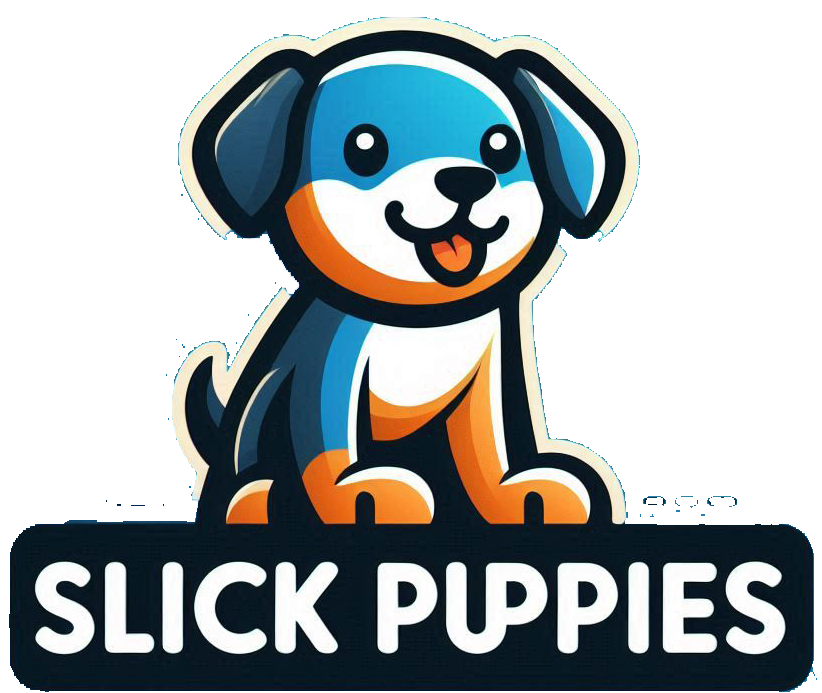
Toilet training a puppy is one of the most important—and sometimes frustrating—tasks for new dog owners. However, with patience, consistency, and the right techniques, you can successfully teach your puppy where and when to relieve themselves. This comprehensive guide covers everything you need to know, from setting a routine to troubleshooting common problems.
Understanding Puppy Toilet Training Basics
Puppies don’t have full bladder control until they’re about 4-6 months old, meaning accidents will happen. The key to success is consistency, positive reinforcement, and a structured routine.
When to Start Toilet Training
- Start as soon as you bring your puppy home (usually 8-12 weeks old).
- Younger puppies need more frequent bathroom breaks (every 30-60 minutes).
- Older puppies (4+ months) can hold it longer but still need supervision.
How Long Does It Take?
- Most puppies learn within 4-6 weeks with consistent training.
- Some may take a few months to be fully reliable.
- Smaller breeds may take longer due to smaller bladders.
Step-by-Step Puppy Toilet Training Guide
1. Choose a Designated Toilet Area
- Outdoor training: Pick a specific spot in your yard and always take your puppy there.
- Indoor training (pee pads/litter box): Useful for apartment living or bad weather.
- Stick to one method to avoid confusion.
2. Establish a Routine
Puppies thrive on schedules. Take them out:
- First thing in the morning
- After meals (within 15-30 minutes)
- After naps or playtime
- Before bedtime
- Every 1-2 hours (adjust based on age)
3. Watch for Signs They Need to Go
Common signals include:
- Sniffing or circling
- Whining or pacing
- Suddenly stopping play
- Squatting or lifting a leg
4. Use a Command Word
- Say a cue like “Go potty” or “Do your business” while they’re eliminating.
- Over time, they’ll associate the phrase with the action.
5. Reward Immediately After Success
- Praise enthusiastically (“Good job!”)
- Give a small treat within 3 seconds of finishing.
- Avoid waiting until you’re back inside—timing is crucial.
6. Supervise or Confine When Indoors
- Use a playpen, crate, or leash to limit freedom.
- A crate should be just big enough for them to stand and turn (dogs avoid soiling their sleeping area).
- Gradually increase freedom as they become reliable.
7. Clean Accidents Thoroughly
- Use an enzyme cleaner (not ammonia or vinegar) to remove odors.
- If they can still smell pee, they’ll keep going in the same spot.
- Never punish accidents—just interrupt calmly and take them outside.
Common Toilet Training Mistakes to Avoid
1. Punishing Accidents
- Yelling, rubbing their nose in it, or scolding doesn’t work.
- It only makes them afraid to go in front of you (leading to hidden accidents).
2. Inconsistent Scheduling
- Skipping potty breaks leads to accidents.
- Set alarms if needed to stay on track.
3. Giving Too Much Freedom Too Soon
- Puppies left unsupervised will have accidents.
- Use baby gates or a crate until they’re fully trained.
4. Not Recognizing Subtle Signs
- Some puppies give very little warning—stay observant.
5. Relying Only on Pee Pads Long-Term
- If you want them to go outside, transition away from pads gradually.
Troubleshooting Toilet Training Problems
1. My Puppy Pees Right After Coming Inside
- Solution: Stay outside longer (some puppies need extra time).
- Walk around gently to encourage movement.
2. My Puppy Won’t Go Outside in Bad Weather
- Solution: Use a covered area, pee pads, or a doggy raincoat.
- Reward heavily for braving the weather.
3. My Puppy Was Trained but Now Has Accidents
- Possible causes:
- Medical issue (UTI, parasites) → See a vet
- Stress or change in routine
- Regression (common around 4-6 months) → Go back to basics
4. My Puppy Only Goes When I’m Not Looking
- Solution: More supervision, less freedom.
- Reward heavily when they go in the right spot.
5. My Puppy Eats Their Poop (Coprophagia)
- Solutions:
- Clean up immediately
- Add pumpkin or a deterrent supplement to food
- Rule out nutritional deficiencies with a vet
Final Tips for Success
- Be patient—every puppy learns at their own pace.
- Stay consistent—mixed signals delay progress.
- Use high-value treats (small, soft, and tasty).
- Keep a potty log to track progress and identify patterns.
When to See a Vet
If your puppy:
- Strains to pee but produces little or nothing (UTI or blockage—EMERGENCY!)
- Has diarrhea for more than 24 hours
- Suddenly starts having accidents after being trained
- Shows signs of pain while eliminating
Conclusion
Toilet training a puppy requires time, patience, and consistency, but the effort pays off with a well-mannered adult dog. By following a structured routine, using positive reinforcement, and avoiding common mistakes, you’ll set your puppy up for success.
Stick with it—soon, your pup will be asking to go outside like a pro! 🐾
Would you like a printable potty training schedule to help track progress? Let me know!
